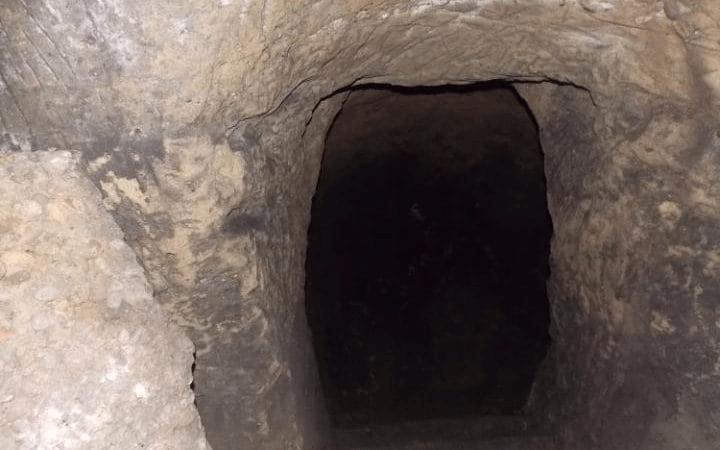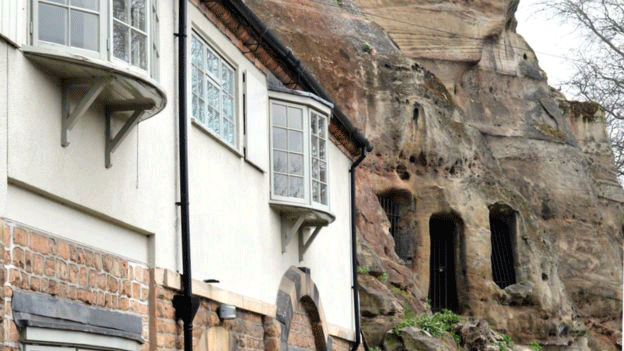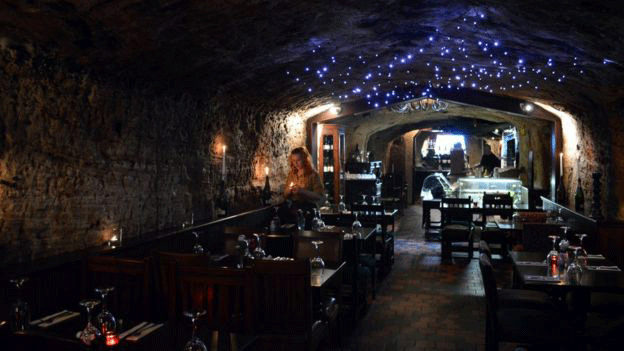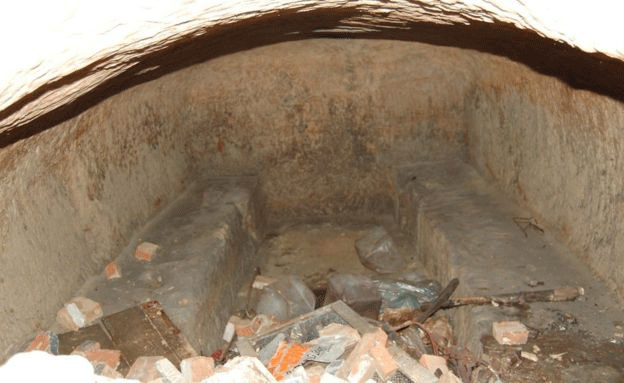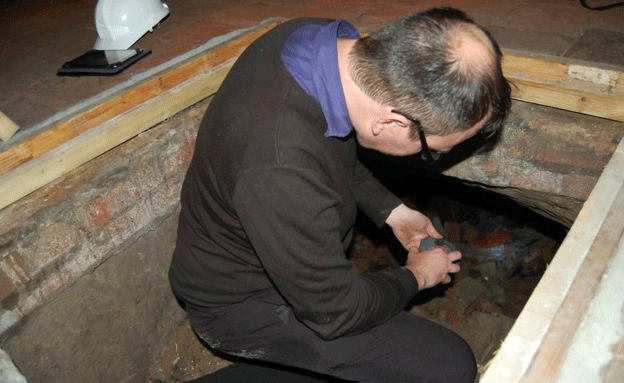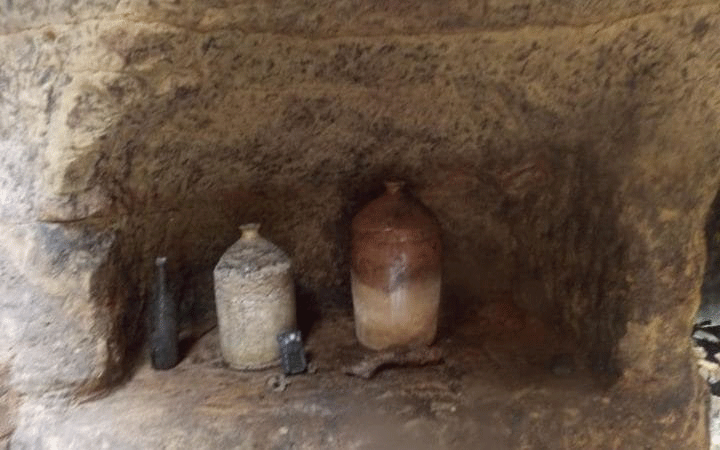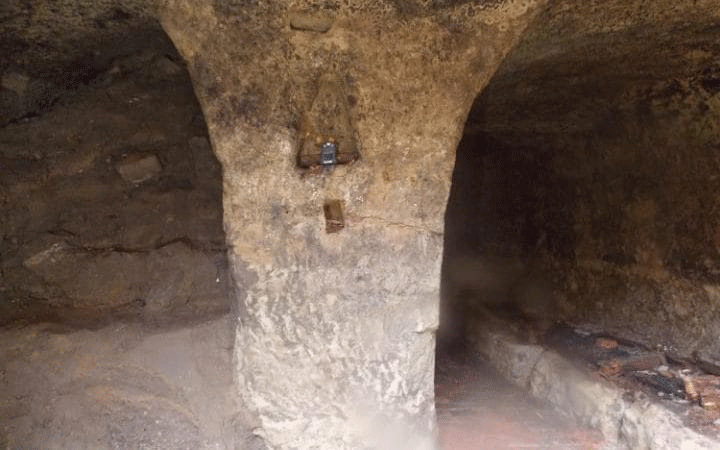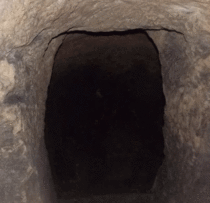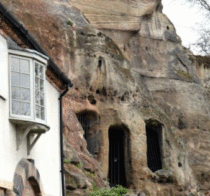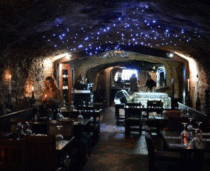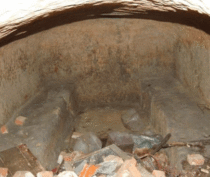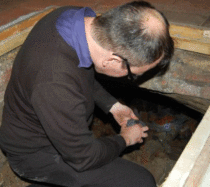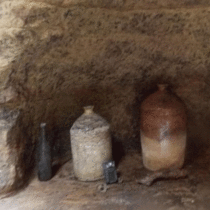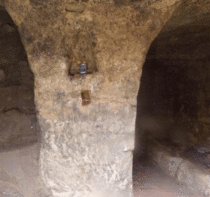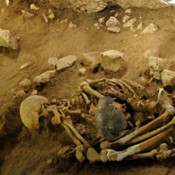Hundreds of man-made caves lie beneath Nottingham, used throughout the centuries as dungeons, bomb shelters, beer breweries or cellars. They are estimated to be about 800.
Archaeologist Scott Lomax, Nottingham City Council’s archaeological adviser, has uncovered 152 caves in 12 months, the last one a week ago. The cave is beneath a building on Derby Road, and is about 200 years old. It is below a barbershop and was probably used as a medicine store and there are rock cut thralls on either side, i.e. shelves. It is about 2 metres high and 2 metres wide and had been partially filled with rubble.
Since the beginning of his work in 2008, Mr Lomax has discovered 180 caves overall. He started investigating the caves to retrieve evidence of lost buildings in the city. He went through property records, auction records and documents trying to identify buildings that have disappeared from the surface but have left traces underground, offering a valuable insight into people’s lives in the past.
The city is built on soft sandstone, a material that is easy to dig into, but strong enough to build on as well. Some people know that there are caves beneath their buildings, but many of them have not been officially recorded. A rather large cave on Derby Road is also being used for a pub’s restaurant.
Many caves have been discovered since 2010 as funded projects are being carried out to map and laser scan them.
According to Paul Johnson, project manager at Trent and Peak Archaeology, there are three types of caves: Those that were cut into the rock face, those that were excavated by hand and the ones that were used for industrial reasons. The latter ones can be seen in the City of Caves exhibition.
